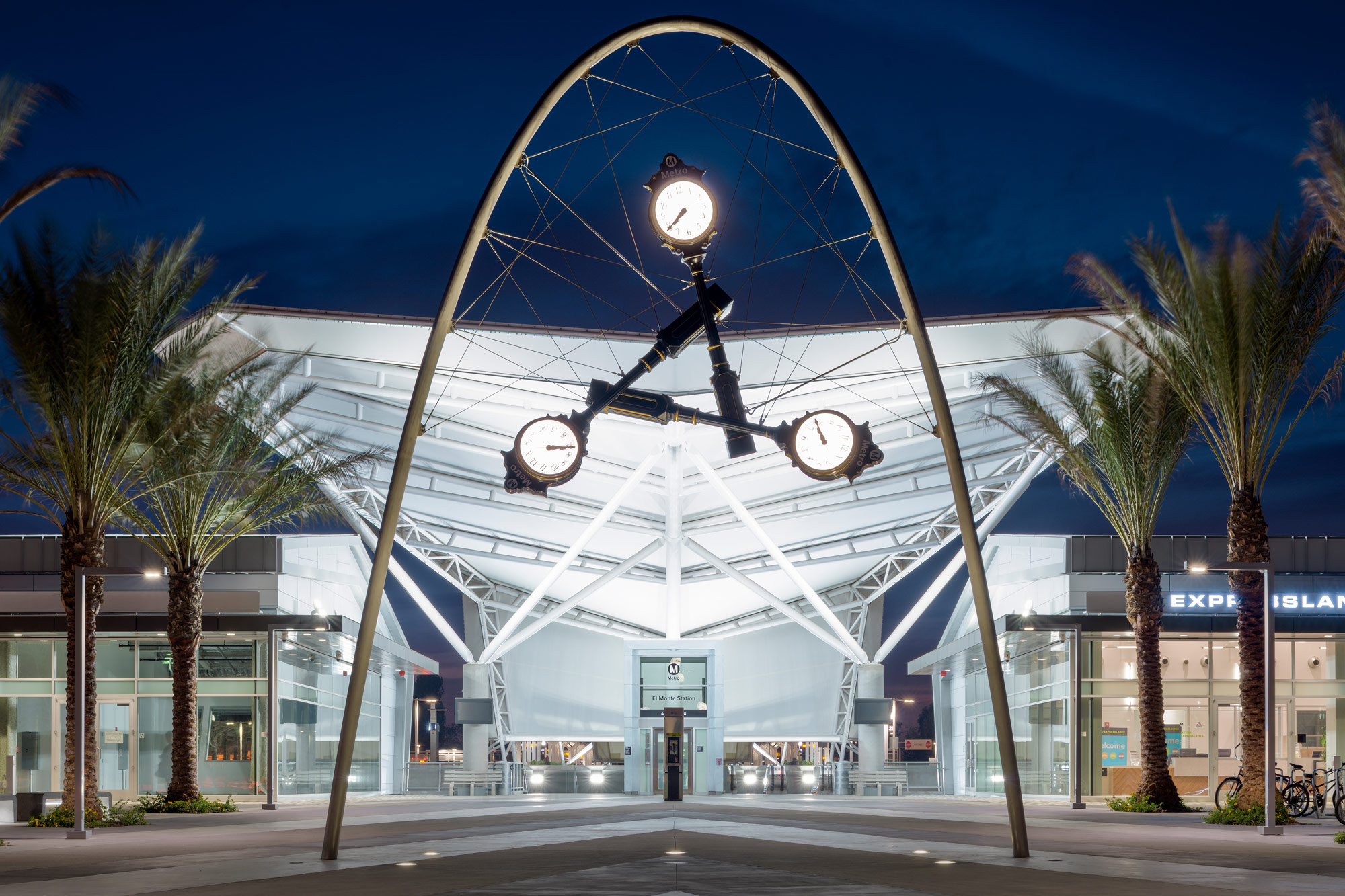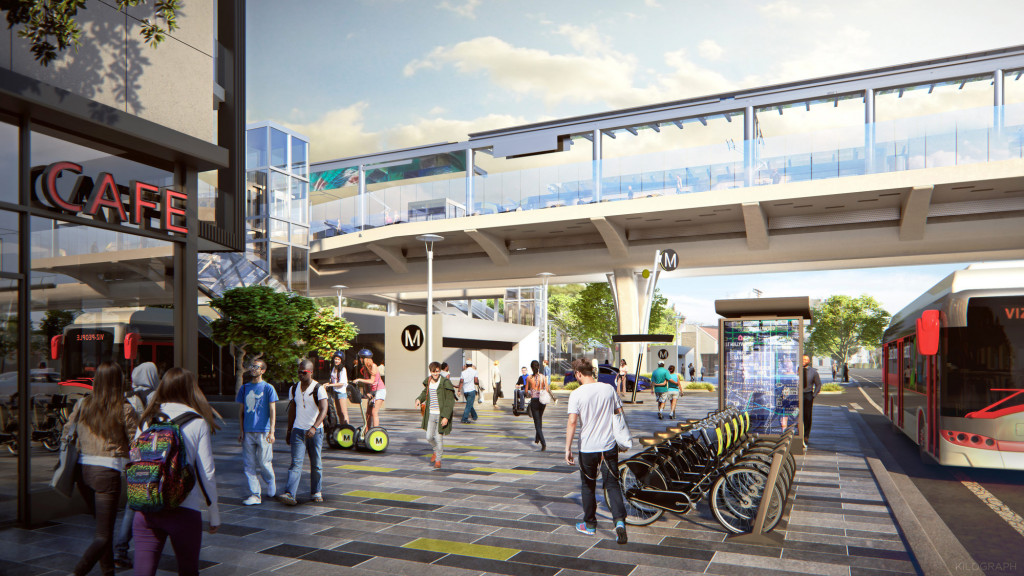A 'What If?' Manifesto: Improving the Bus Experience
By Christopher Rzomp
If I asked about your experience taking the bus, what’s the first thing that comes to mind? Exposure to the elements in an unkempt or damaged waiting area? Unsure wait times with little or no available information? Long, blank stares in the direction of the bus’s uncertain origin? These may not be everyone’s daily bus reality, but they each raise the question, “what if this were different?”
In the United States, it’s almost a point of faith that the bus riding experience will be subpar. It shouldn’t be. But in order to remove the stigma around this valuable mode of transit, we need to unlock our imaginations and stop letting the bus take a back seat in the public transit network.
While rail systems are generally accepted as a higher capacity, environmentally friendly mode, buses can provide a flexible, far-reaching service that fills the gaps between established stations. And because buses operate on an existing right of way, the capital investment is significantly lower than building or expanding a rail network. Crucially, buses also help complete a robust, choice-based transportation system where riders have an array of different methods to get where they need to go with the means that they have.
In the nation’s capital, a recent report from the Washington Area Bus Transformation Project highlights the need for this mode of transit: “[DC] Metrorail currently only reaches about 25% of the region, and any rail system expansion is many billions of dollars and decades away.”
Expanding the bus system not only grows the regional transit system quickly and affordably — it uses the public rights-of-way more efficiently as well. But to aid in growing a strong ridership base, more attention needs to be paid to how those bus trips are experienced, particularly as compared to other available modes.

Not surprisingly, bus operators around the country are starting to focus on the customer experience, in addition to improving travel times. Here in the DC-MD-VA region, the Washington Metropolitan Area Transit Authority (WMATA) is prioritizing enhancements to its bus facilities located at Metrorail interchanges with the goal of increasing ridership and making wait times between transfers more productive and enjoyable. The hope is that, by improving the bus-rail connection, fewer passengers will rely on single-occupancy vehicles to get to destinations throughout the region.
Gensler, WMATA, and local developer Urban Atlantic originally set out to explore redevelopment opportunities which would increase the number of jobs and households within walking distance of Metrorail stations, but the program was later expanded to include renewal and modernization of the aging bus loop. As the endpoint of the Metrorail Orange Line, New Carrollton station is a transfer point to several local WMATA bus routes, the Prince George’s County (Maryland) bus service, and Greyhound for intercity travel — and the perfect opportunity to rethink the link between the station and the riders that pass through it as part of their daily routines.
Gensler’s planning team took a series of bold steps to combine practicality and intuitiveness with beauty. Designating areas for Passenger Information Display Systems (PIDS) was critical so that riders could check real-time bus arrivals or check connections with other modes of transit. We explored multiple canopy configurations that allow for full coverage over the bus bays to protect from wind and rain while also using art to facilitate wayfinding and create dynamic, visually interesting moments. To liven up passengers’ inevitable downtime, retail opportunities pair with food and beverage, landscaped green space, and moveable café seating.
Throughout this process, open-ended “what if” questions drove our thinking. What if waiting for a bus could be stress-free? What if it could even be fun? When we began to develop ideas around these questions, the result was a Metrobus facility that could provide a truly better bus experience for riders. For cities across the United States, we should be asking these critical “what if” questions to help expand what riding the bus can be.
This is a critical moment for our evolving transportation systems. New modes like ridesharing and electric scooters are changing how people move about and experience the cities where they live, work, and play. While these market pressures may disrupt ridership, they also present an opportunity for public transit agencies to completely reimagine their own rider experience — and we should let our imaginations run wild.

